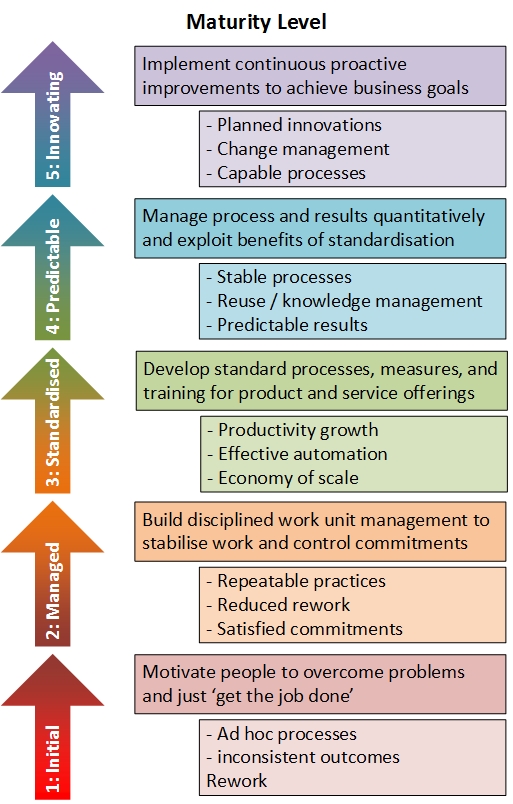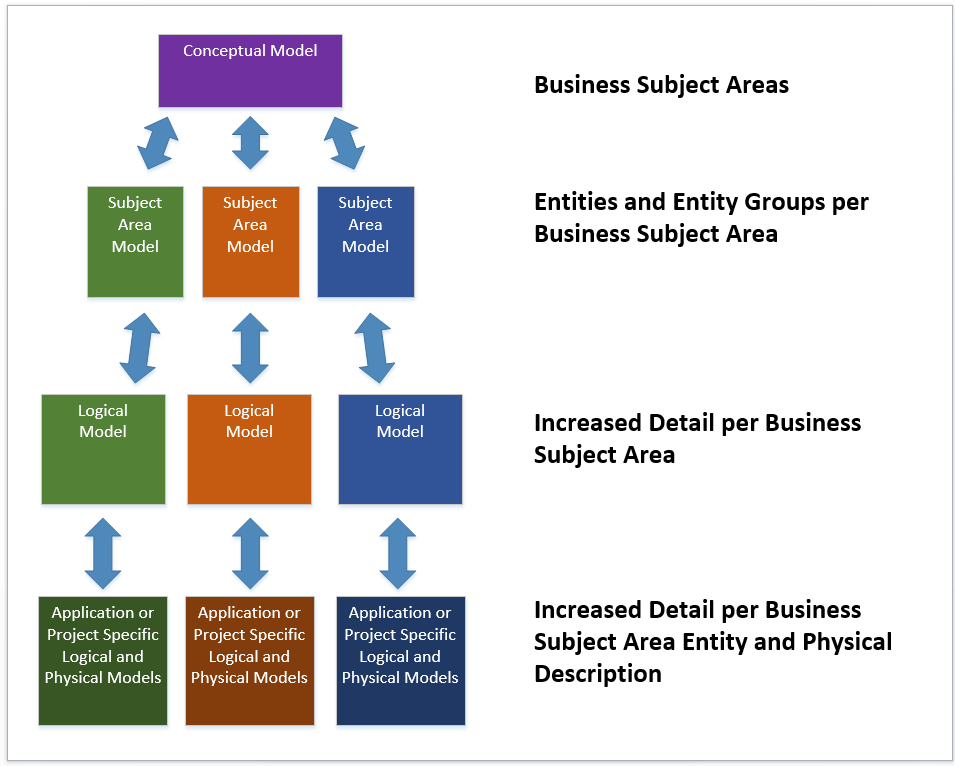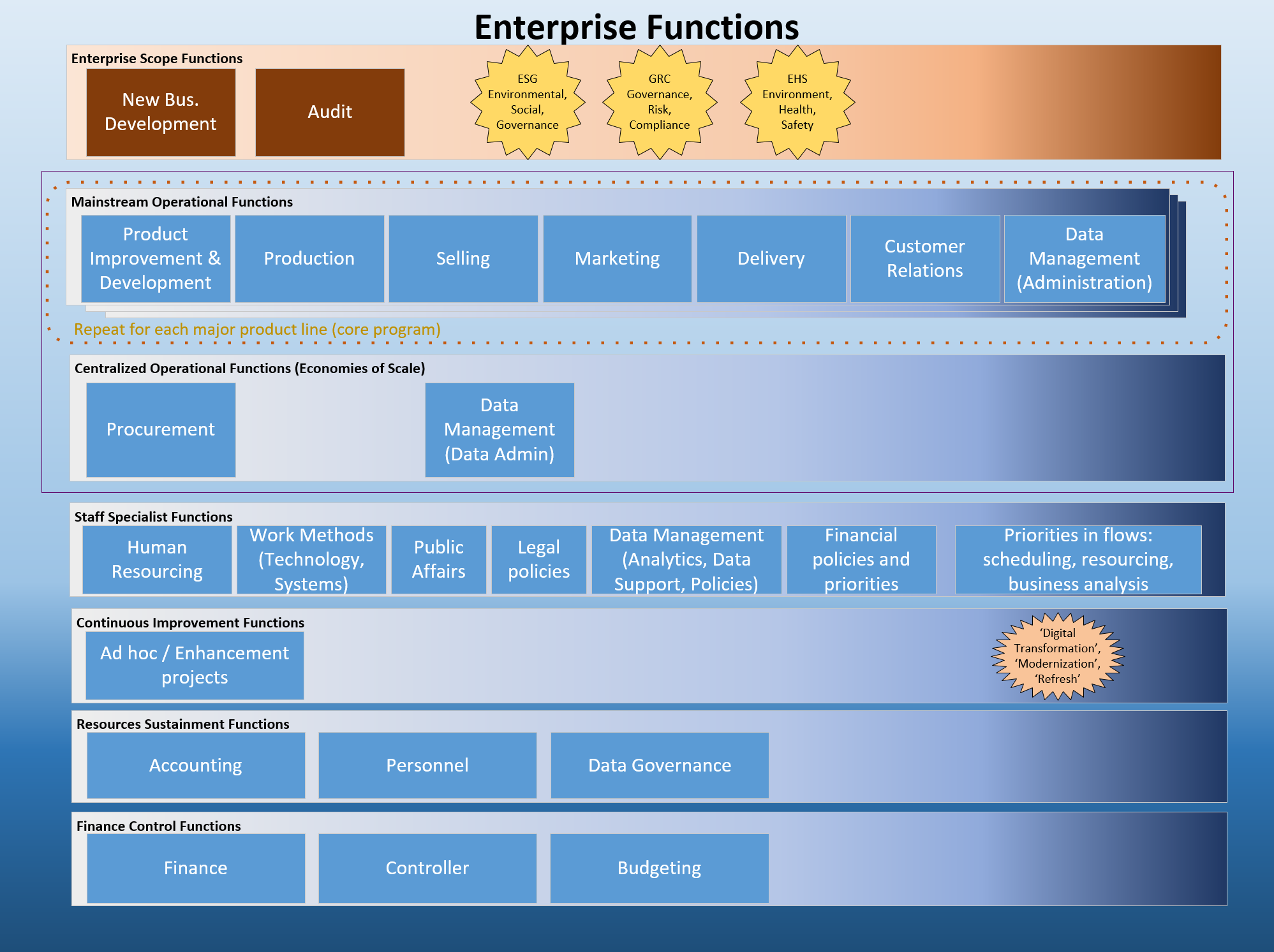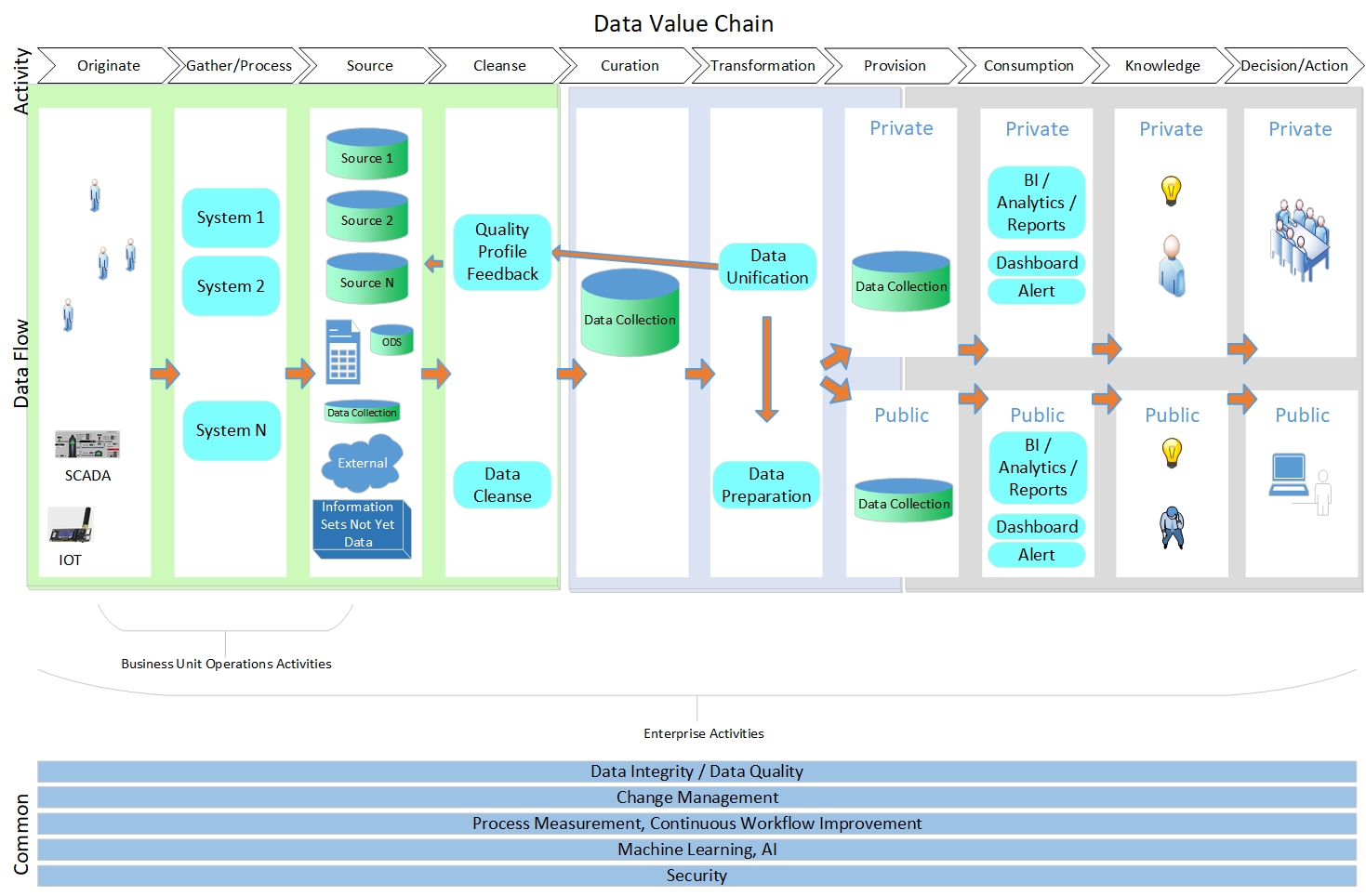Maturity Model
When you search the internet you will find many different maturity models to choose from, searching on terms such as ‘Data Management Maturity Assessment’ or ‘Corporate Maturity Model’. All are essentially providing similar paths to identify the existing characteristics of your team or organization, and are identifying actionable objectives to move forward. What level does your company or team operate at? Review the behaviors and characteristics on the chart below, to determine where you are, and identify where you’d like to be.





